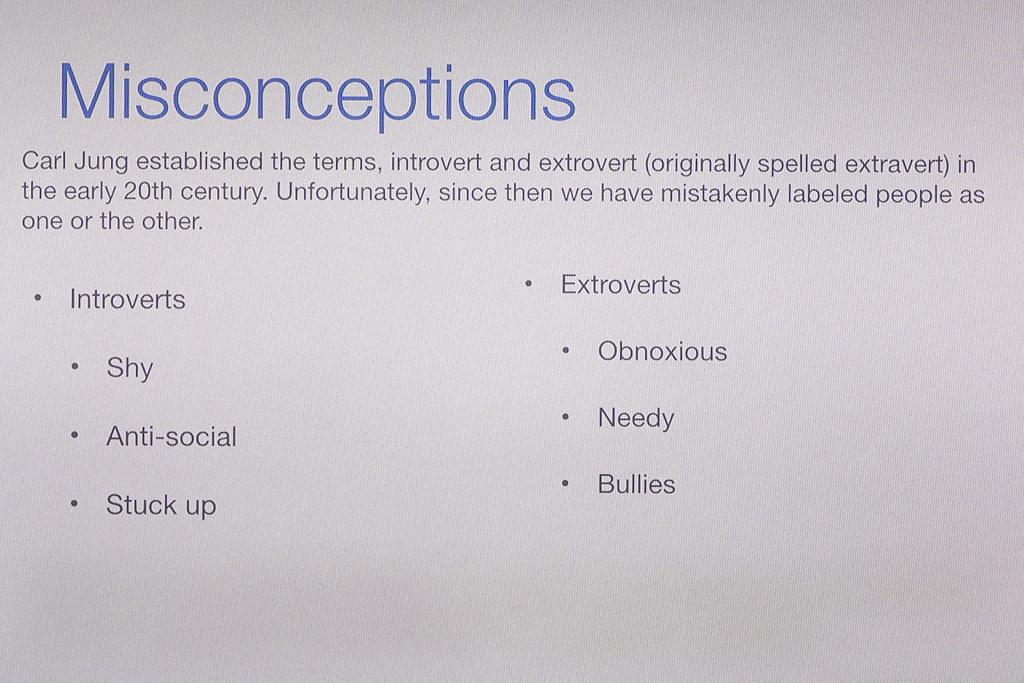In the ever-evolving landscape of artificial intelligence, the emergence of large language models has been met with both awe and skepticism. While these models have demonstrated impressive abilities in generating text and carrying out various language-related tasks, some experts argue that their apparent fluency and comprehension may in fact be nothing more than a mirage. In this article, we will explore the debate surrounding the true capabilities of large language models and the potential implications for the future of AI development.
The Illusion of Large Language Models’ Emergent Abilities
Large language models have been touted as the future of natural language processing, with claims of their emergent abilities to understand and generate human-like text. However, recent studies have revealed that these purported capabilities may be nothing more than an illusion. Despite their impressive size and computational power, these models still lack true understanding and consciousness.
While these models can generate coherent text and mimic human conversation to some extent, this should not be mistaken for true intelligence or comprehension. The emergent abilities of large language models are ultimately limited by their reliance on statistical patterns and pre-programmed responses. In reality, they are simply sophisticated tools programmed by humans, rather than sentient beings capable of independent thought or understanding.

Misconceptions about Artificial Intelligence Capabilities
Many people believe that large language models possess near-human levels of intelligence and understanding. However, this assumption is misleading as these AI systems lack true comprehension and reasoning abilities. While they can generate coherent text and respond to prompts effectively, their responses are often based on statistical patterns in the data rather than genuine understanding. This misperception leads to unrealistic expectations about the capabilities of artificial intelligence.
It is essential to recognize that the emergent abilities of large language models are a mirage. These AI systems excel at mimicry and pattern recognition, but they fall short when it comes to true understanding, critical thinking, and common-sense reasoning. Relying solely on these models for complex tasks can result in unintended consequences and errors. By acknowledging the limitations of artificial intelligence, we can better harness its potential while also being wary of overestimating its capabilities.

Challenges in Identifying Genuine Advancements in Language Models
One of the primary lies in the complexity of assessing their abilities. With the rapid evolution of large language models, it can be difficult to distinguish between true advancements and superficial enhancements. This problem is exacerbated by the tendency for models to exhibit emergent abilities that may be more illusory than substantive.
Moreover, the black-box nature of many language models further complicates the task of discerning genuine progress. With limited transparency into how these models operate, it can be challenging to determine whether their outputs are the result of true innovation or simply the amplification of existing data biases. As researchers and practitioners strive to navigate this landscape, careful scrutiny and rigorous evaluation are essential to ensure that the purported advancements in language models are indeed meaningful.

Recommendations for Critical Evaluation of Language Model Capabilities
When evaluating the capabilities of large language models, it is crucial to remain vigilant and not be swayed by the allure of their seemingly impressive performance. **Recommendations for critical evaluation** of language model capabilities should center around thorough testing and scrutiny to uncover any potential shortcomings or biases. One key recommendation is to conduct extensive stress testing on the model to assess its performance under various conditions and scenarios.
Furthermore, it is essential to engage in **comprehensive benchmarking** against existing models and datasets to accurately gauge the true capabilities of the language model. This can help identify areas where the model may fall short or excel, providing valuable insights for further development and refinement. By following these recommendations and approaching the evaluation process with a critical eye, we can better understand the true nature of large language models and work towards harnessing their potential effectively.
In conclusion, while large language models have showcased impressive emergent abilities, it is crucial to approach their capabilities with a critical eye. The mirage of their seemingly innate intelligence should not distract from the ethical considerations and limitations that come with their use. As we continue to explore the potential of these models, let us do so with a blend of wonder and caution, recognizing that their abilities may be as transient as a desert mirage.


